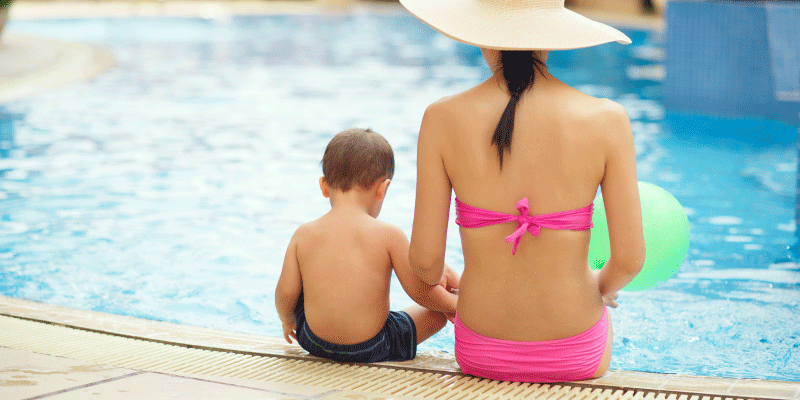
Dry Drowning: Symptoms and Warning Signs
As parents we always take every precaution to protect our children from any type of danger but this is the real world and accidents do happen. Drownings are a serious threat to young children and it’s important that you teach them the dangers of water at an early age. Did you know that your child can still dry drown after they are pulled from the water? Here’s a look at dry drowning symptoms and the warning signs so you’ll know what to do in the event this happens to your child.
What is dry drowning?
Dry drowning occurs when little ones go underneath water and their vocal cords start to spasm which makes it very difficult for the person to breath. Death can occur because the vocal cords do not stop their spasms and air is unable to enter the lungs. Why do they call it dry drowning? Because water never enters the lungs and that’s where they derived the term “dry” from.
How common is it?
If you follow social media or television news then you have already probably heard of it. This type of drowning is very rare and statistics say that only about five percent of children who drown will experience it. Although it’s not as common as people may think, it’s worth knowing the symptoms and warning signs so you can prevent it from happening to your child.
Symptoms and what to watch for
Some of the dry drowning symptoms include trouble breathing, coughing, sleeplessness or a drop in energy level, irritability, chest pain and vomiting. If you child has been in a near drowning experience or has inhaled water accidentally and exhibits these symptoms then you should go to the emergency room immediately. Sometimes parents will see some of these dry drowning warning signs in their child after a close call and think that they are just tired and worn out from the dramatic event. But if you see any of these symptoms the emergency room should be your next stop. Dry drowning warning signs should never be ignored.
Dry Drowning Prevention
Drowning prevention is the key to keeping your child safe around water. Your children need to know how dangerous it can be and you should teach them about water safety as early as possible. It’s also a great idea to get them enrolled in swimming lessons so that if they fall into a pool they will know how to swim and what to do in the event of an emergency. If you have a pool in your backyard you should have a pool gate that is secure around the pool. Even if your children know how to swim, you never know if someone else’s child may accidentally get too close and fall in. Bodies of water such as the ocean can be dangerous because there are rip tides and currents that can take your child under the water and sweep them away. Teach your children to avoid these bodies of water unless there is a lifeguard present.
The bottom line is that drowning accidents that involve children are preventable, but you have to be proactive
